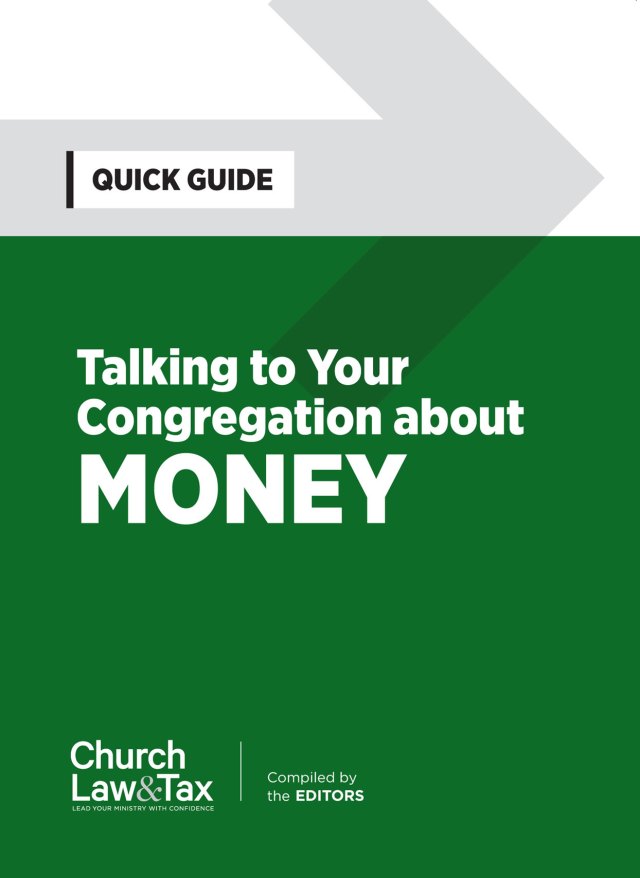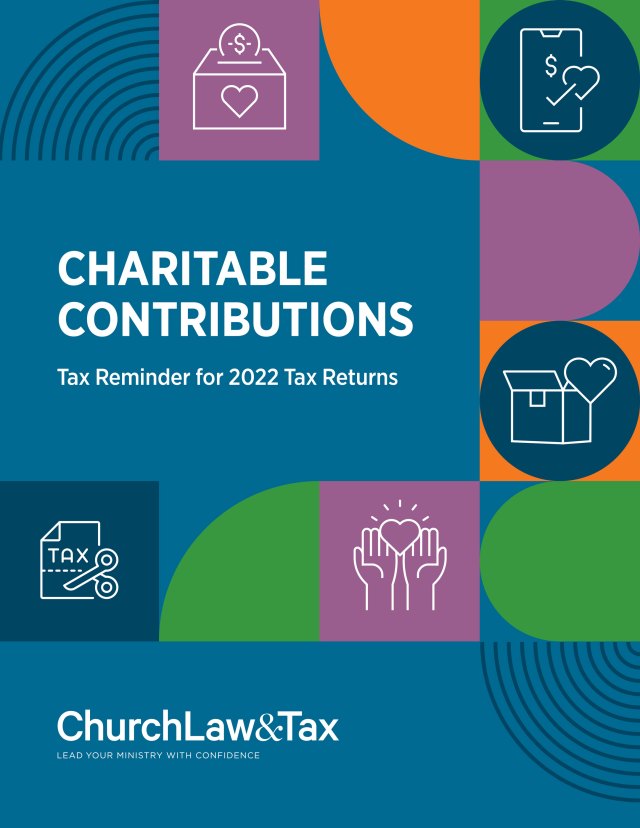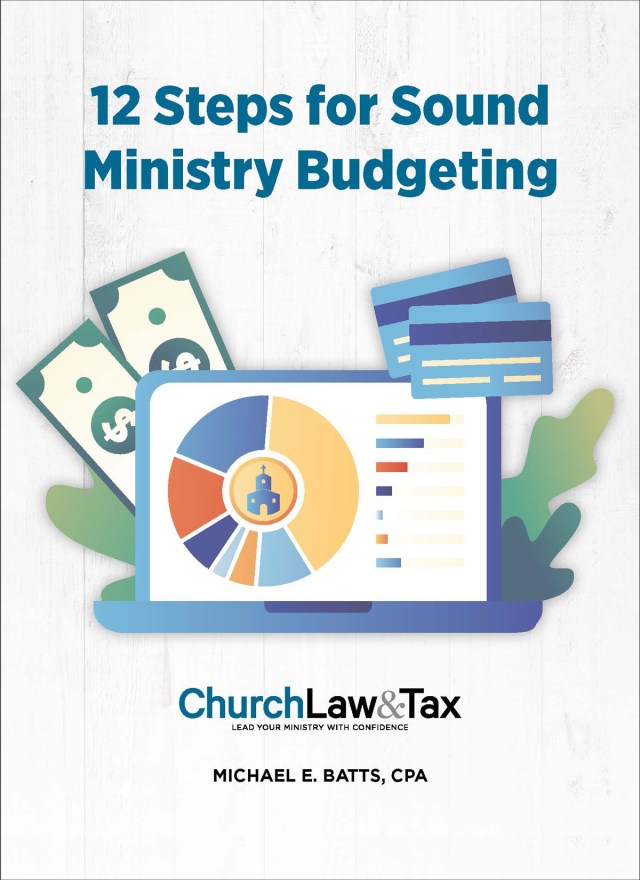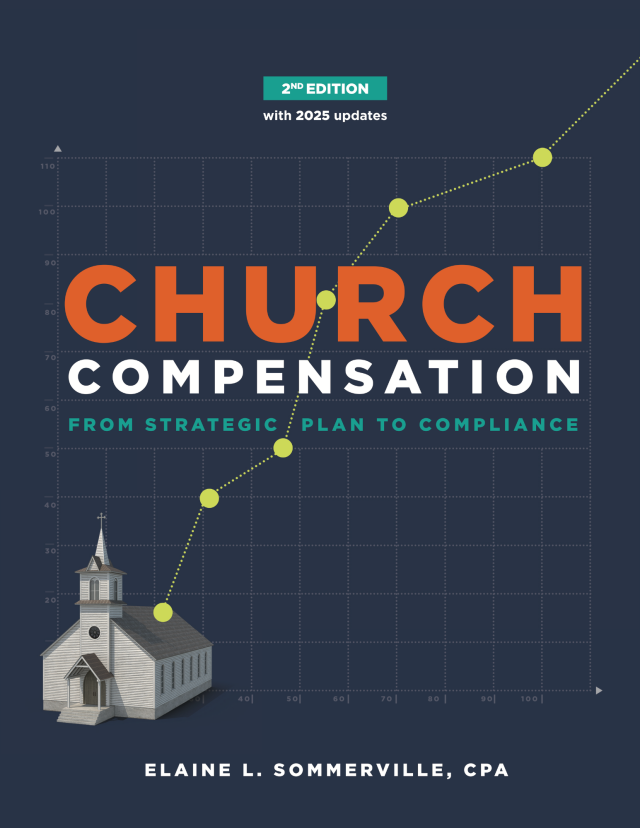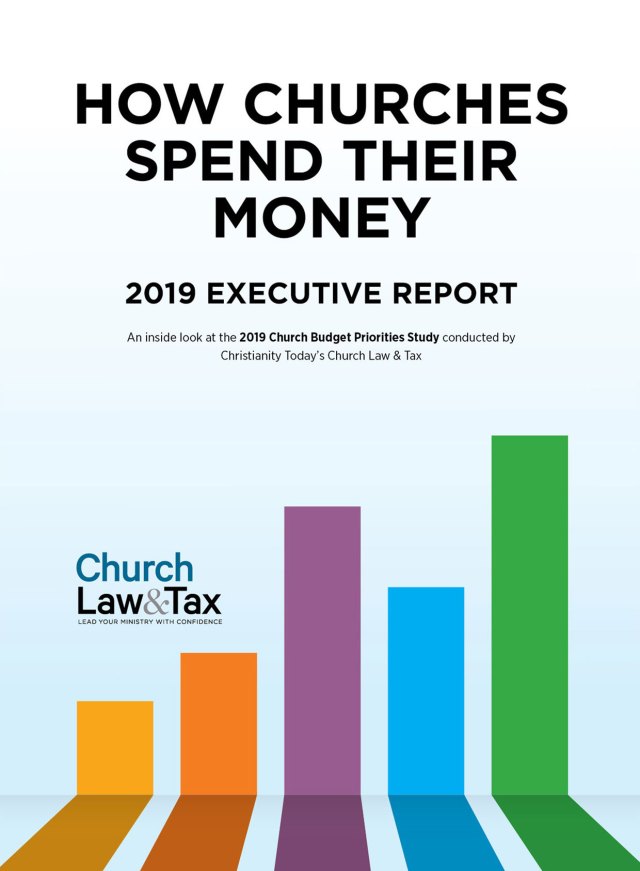Have you ever created a budget that was perfectly on target? Did you end a year and realize revenues and expenses were exactly what you expected?
That means it is smart to create contingency budgets that define what will happen if various changes in funding occur during the year at your church. From a primary budget, build one that is a certain percentage lower and build another that is a certain percentage higher. Doing this can minimize controversy later. If you find yourself above or below budget, you’re already ready to act with cuts or additions based on the overall vision of the church—not on the basis of who asks or complains the loudest.
Four Common Scenarios
A budget is a tool but it doesn’t guarantee results. The following four scenarios are the most common for churches to face during the course of a year:
Giving below budget, spending above budget. This is obviously the most difficult scenario. Hopefully, your church built up necessary reserves to carry it through times such as this. Every decision must be weighed carefully. Use caution to avoid short-sighted decisions. Instead, consider the unintended consequences of each cost-saving decision you make.
Giving at budget, spending above budget. Donations are in line with projections. That’s encouraging. But spending is more than budgeted. That’s tough from a cash-flow standpoint. This situation can easily arise when there is growth in attendance. It often takes newcomers about 18 months to begin financially supporting a ministry, but expenses related to serving them are immediate.
Giving below budget, spending below budget. This scenario may not be ideal, but it isn’t threatening to a church. If both giving and spending are below plan, it is typically because intentional cutbacks have been made to align spending with giving. That is prudent. But exercise caution with the cutbacks as well as any unintended consequences from those cutbacks.
Giving above budget, spending below budget. What an envious scenario, right? But it can present its own challenges. What do you do with the excess? Will donors see it as a positive reflection of financial management? Or will they think their money isn’t needed? Make sure you know what you will do with extra revenue; perhaps it’s the establishment of needed reserve funds or the replacement of outdated equipment. Whatever the plan, make sure you communicate what your church plans to do and why continued faithful giving is so important.
Revenue and Expense Tips
There is no magic budget tip, and you’ve probably considered and implemented many options. Let the following tips offer you and your leadership team helpful reminders or newfound inspiration as you consider how to build contingency budgets or respond when an unexpected situation arises.
Addressing Decreased Giving:
Offer more giving options. Encourage other forms of giving. One is gifts of appreciated securities or property, which are attractive to donors now while the market is strong and they can minimize capital gains taxes. What about online or automated clearing house (ACH) giving? Many churches continue to see significant increases with digital giving and it may be time to promote (or explore, depending on your situation) such options again. For instance, my daughters’ school recently changed to an online payment format, which has shortened the cash collection time from 10 days to 5 minutes. Also, don’t forget to investigate a mobile app. It may appeal to certain givers and make it faster and easier for people to give.
Make donors aware. Do the congregation and other supporters know that giving is down? They may increase their involvement if they are made aware through a thoughtful approach.
Consider restricted giving. Many donors, especially young people, will support a specific cause or project faster than they will support the general operations of the church. Explain the cause and the need, then celebrate when it is accomplished. One church I know published photos of parking lot potholes in the bulletin along with information about a campaign, then celebrated with photos of the completed project made possible by funds raised beyond the general budget.
Create a stewardship series. When did your pastor last preach a stewardship series? Take a holistic approach beyond money, too, by including stewardship of time and talents. Churches often avoid certain “uncomfortable” topics, but these are no less true or needed. Some churches trace a direct correlation between teaching on stewardship and increases in giving.
Understand your demographics. Do you have a young, growing demographic, or is the average donor 60 or older? Monitoring these trends helps predict where the church is headed and gives you more options and more time to implement change.
Tips to Reduce Expenses:
Conduct an expense reduction review. Has an outsider looked at your expenses? Sometimes an objective set of eyes can identify cuts. Possible areas of savings someone else might uncover include an energy audit, research into technology and communications expenses (and lower-cost alternatives and plans), and a review of benefit plan costs.
Ask the staff. Church staff, especially frontline employees, often know where to save money in the ministry.
Compare your ministry to others. Comparing budgets and other financial arrangements with other churches may identify areas where you are spending too much. Personnel costs and loan interest rates are two areas churches often find run higher than their peers.
Find synergy among departments. Is there ministry overlap? Places where one program can meet the needs or goals of multiple departments? One example: Pair the missions director and youth pastor to plan a short-term missions trip that meets the goals of both ministries.
Consider activities and their results, not just costs. Focusing on costs tends to perpetuate spending that has occurred in the past. Instead, evaluate various types of activities and their results. That helps prioritize what is spent compared to the results—and overall value—the activity brings. It also may reveal excessive costs that may be addressed through alternatives, whether it’s outsourcing a particular function or partnering with another group or church.
Thoughts about Change
Change is difficult, and so it’s vitally important for your church to communicate any contingency plans ahead of time.
A strong understanding of the financial strength or weakness of your church is valuable before you conduct a budgeting process. Consider financial indicators, such as previous financial performance, the amount of cash reserves, liquidity ratios, and not only how much cash the ministry has but how much cash should be set aside for restricted purposes. Being aware of these measures, as well as how they have changed over the past few years, will better prepare you to plan for the future and minimize the size of any later contingency plan you have to implement.
Hard work at the beginning can make the budget process work more smoothly through its adoption—especially if an unforeseen scenario with giving or expenses unfolds. Remember the words of Jesus in Luke 14 when he emphasizes the value of sitting down first and computing the cost before building a tower. The right planning creates the right foundation, and it helps make certain nothing crumbles when surprises arise.

